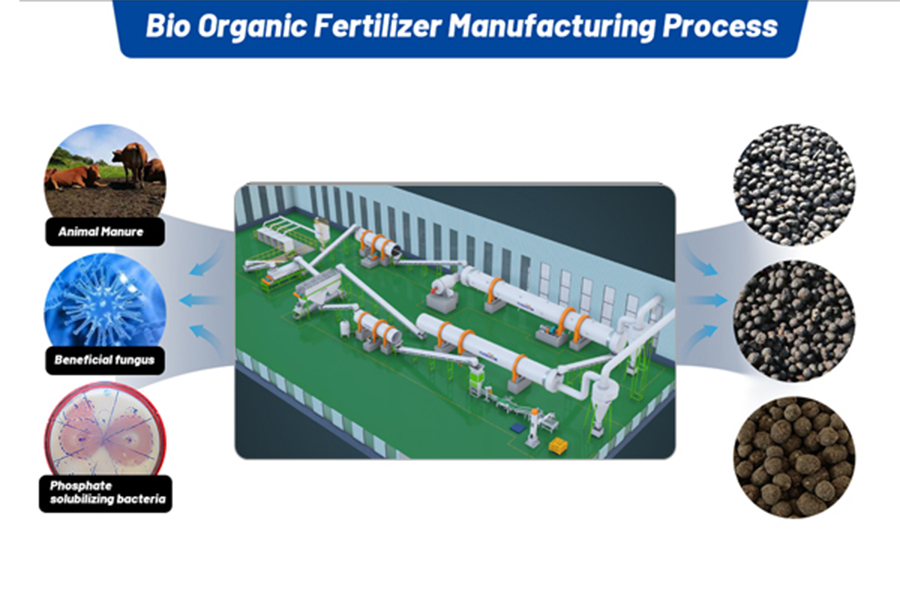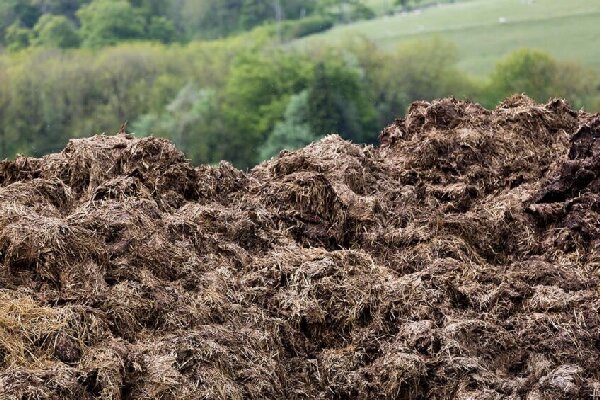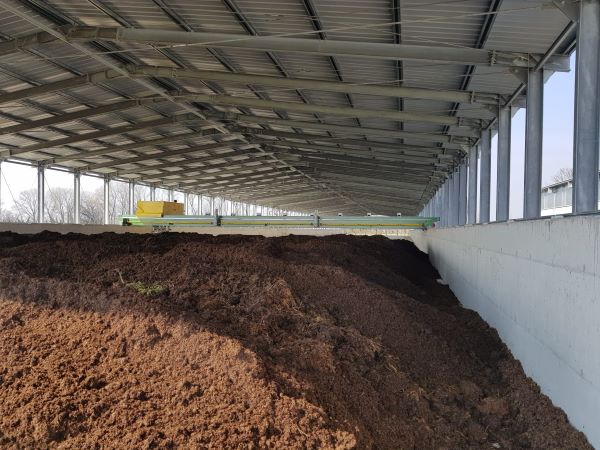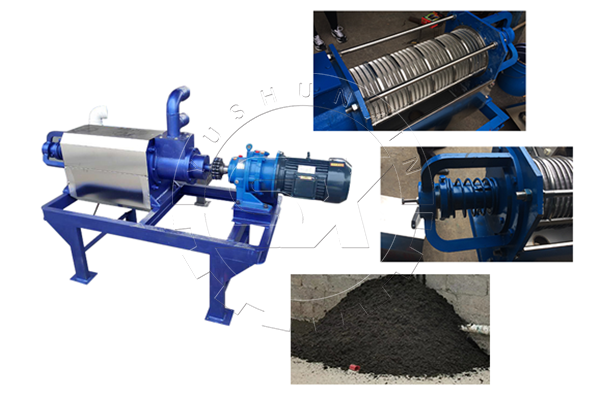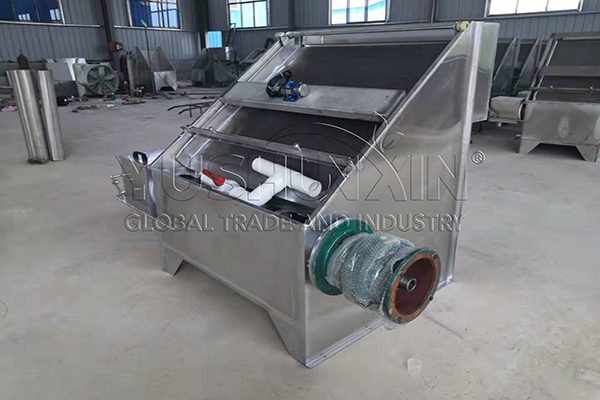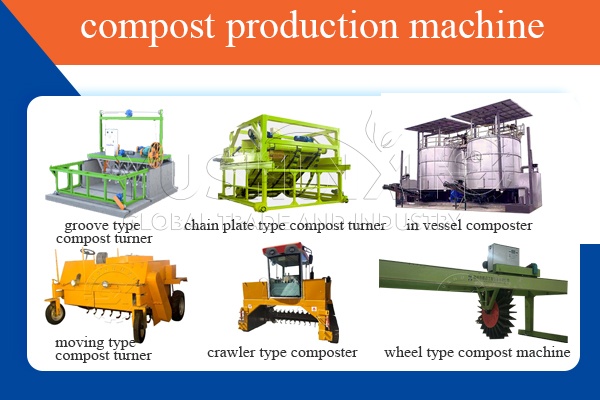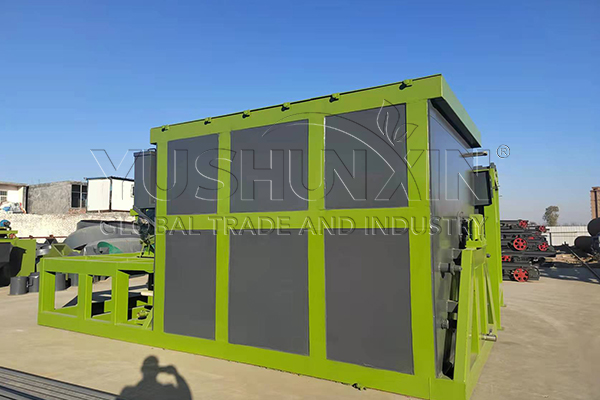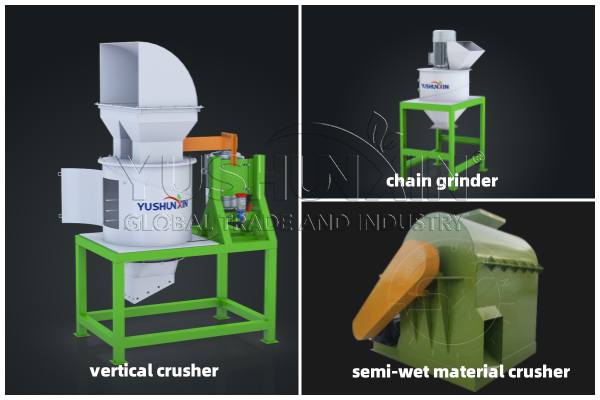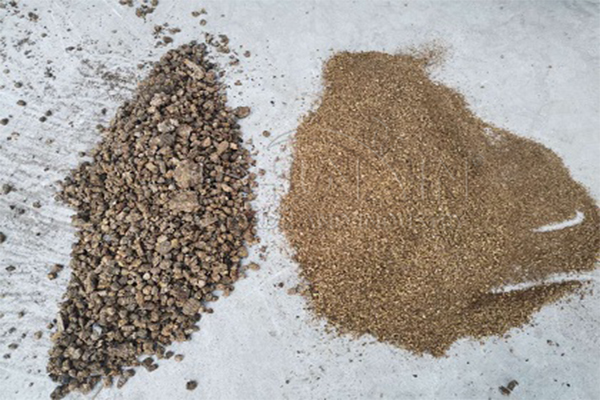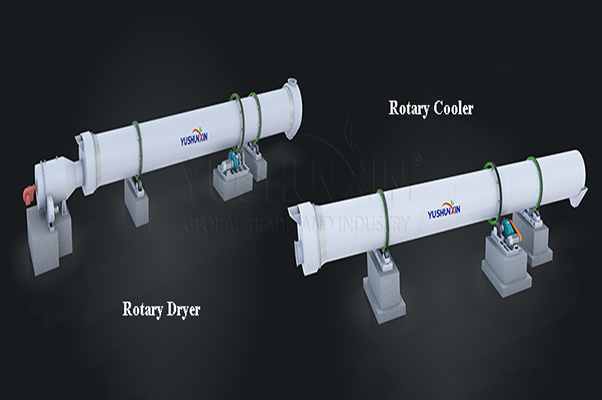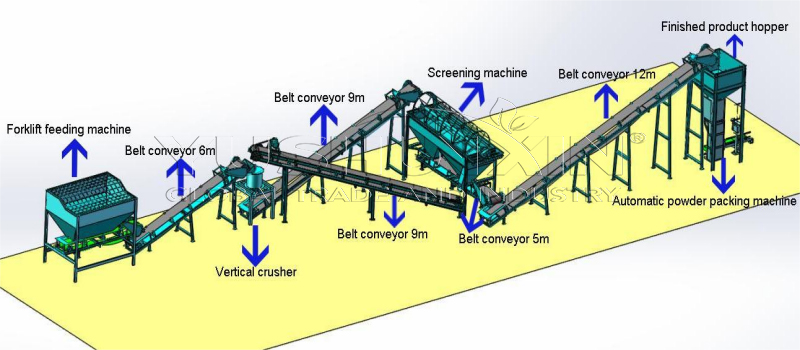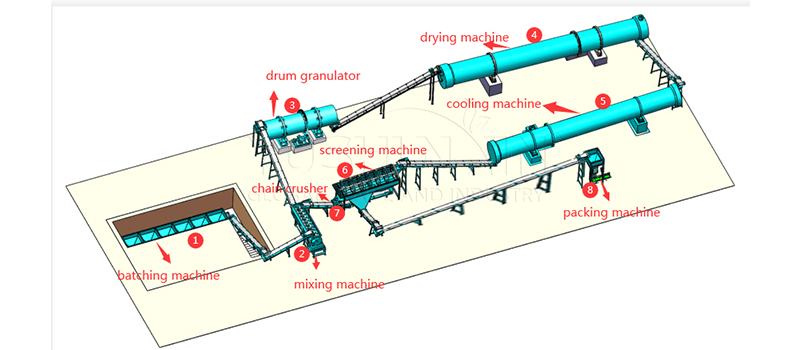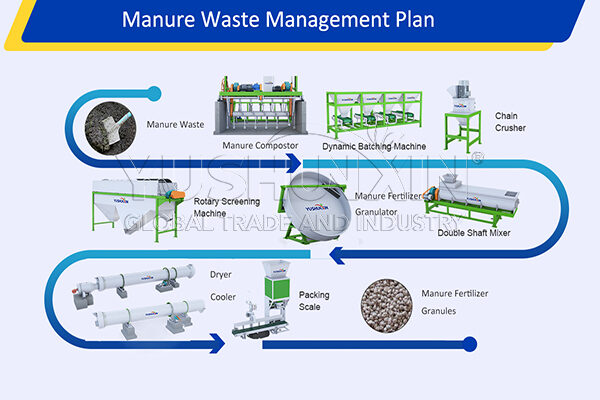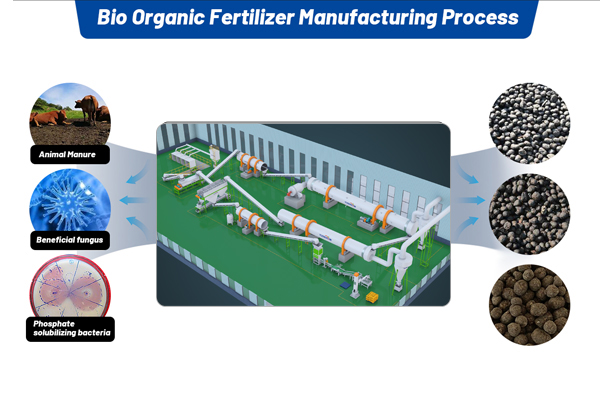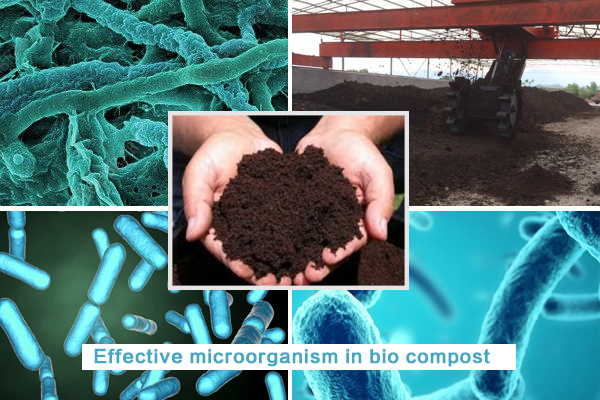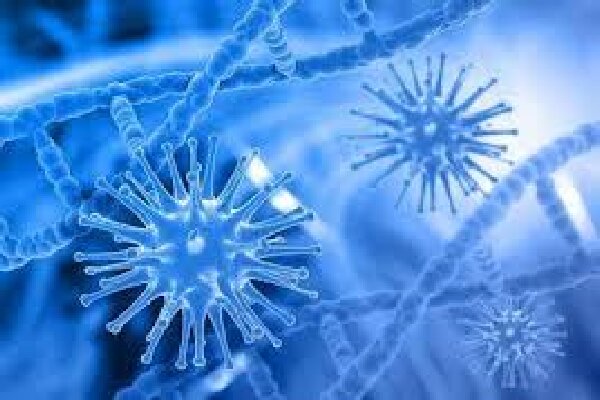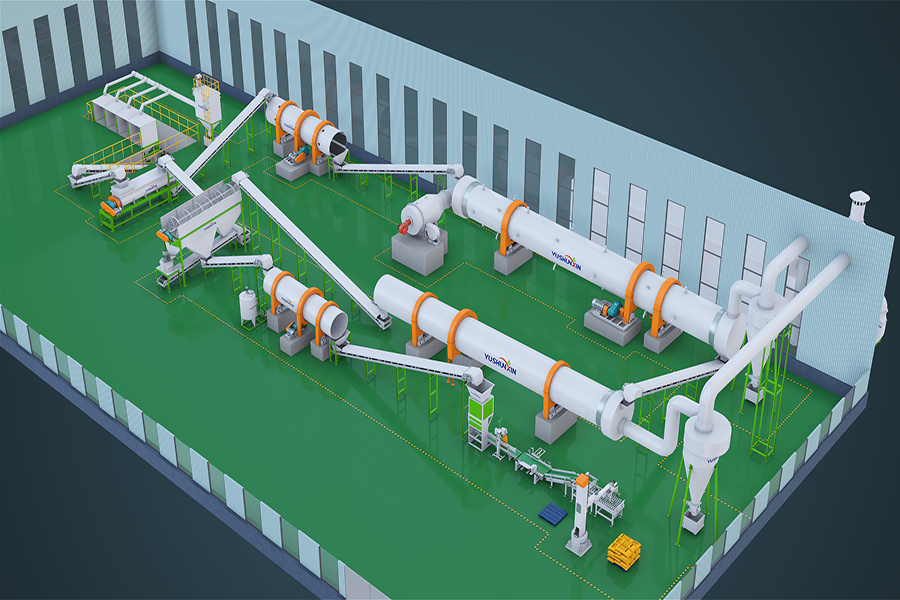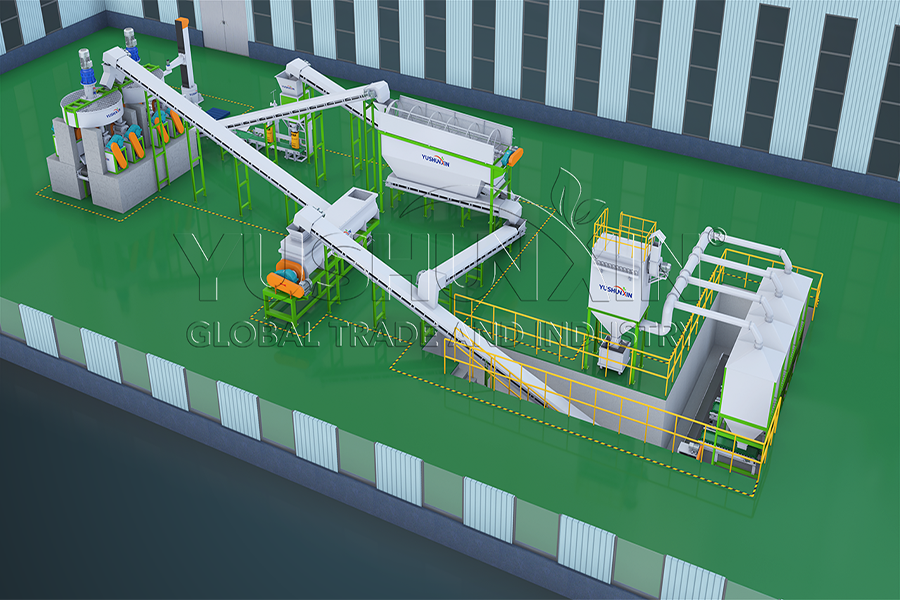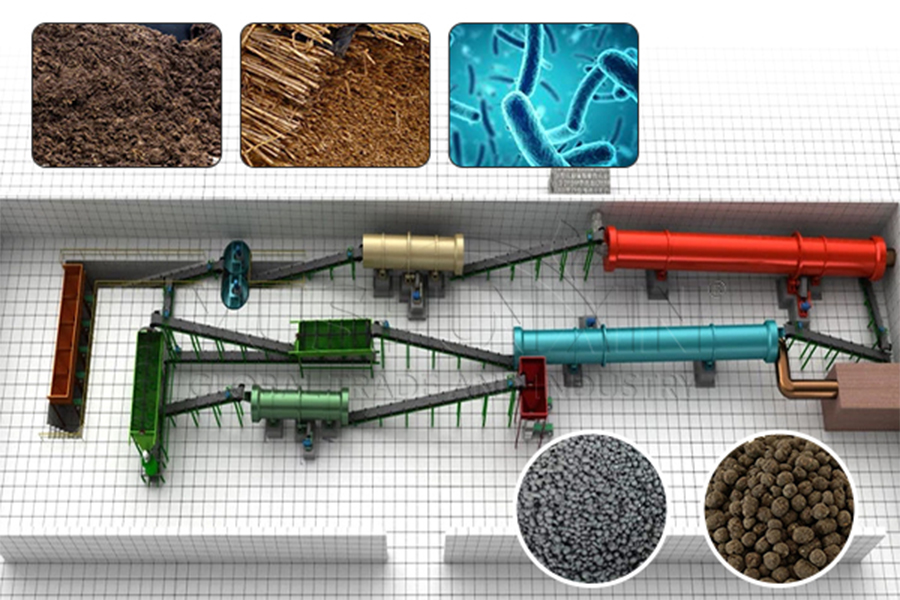Bio organic fertilizer can improve soil vitality and crop quality. Usually, you can choose organic waste such as livestock manure, straw and biogas residue to produce bio organic fertilizer. When you setup a bio organic fertilizer production line, you need to go through several stages of preparing raw materials, fermentation, crushing, granulation, dryinga and cooling, and packaging. YUSHUNXIN will provides you the right biological fertilizer making machine in each steps. At the same time, we can design the bio organic fertilizer production business plan according to your raw material, capacity, biofertilizer type ect. So, if you are interested, please contact us.
What Raw Materials Can Be Used in Bio Organic Fertilizer Production?
Bio organic fertilizer is made from a wide variety of raw materials—many of which may already be available on your farm or in your area. Here are the most common options:
Animal Manure
Animal waste is the most common and effective raw material in biofertilizer production. It is rich in nitrogen, phosphorus, potassium, and organic matter. Such as chicken manure, cow dung, pig manure, sheep and goat manure.
Tip: You must compost fresh manure to reduce pathogens and ammonia toxicity before them be granulated.
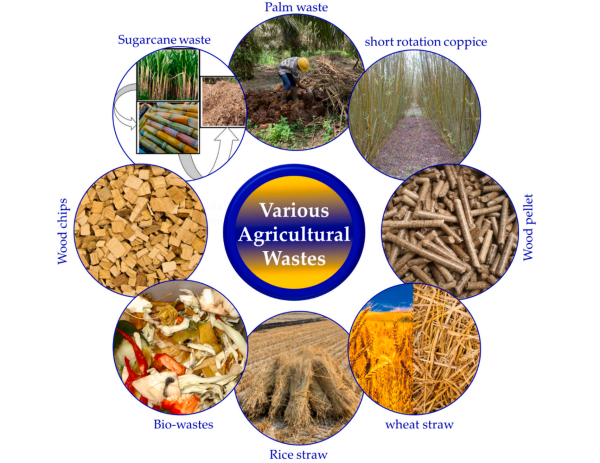
Agricultural Waste
Crop residues and plant-based waste are excellent carbon sources that balance high-nitrogen materials. For example, wheat and rice straw, corn stalks and husks, peanut shells, soybean husks, ect. These materials decompose slowly, so you can crush and mix them with manure or microbial inoculants to improve composting speed and quality.
Need help choosing the right raw materials for your project? Contact YUSHUNXIN, and we’ll design a personalized solution for your local resources.
Which Production Line Is Right for You: Powdered or Granular Biofertilizer?
Choosing the right form of biofertilizer depends on your budget and market.
Step 1: Prepare Raw Materials
First, choose suitable organic materials—commonly animal manure (chicken, cow, pig), crop residues, plant waste, and kitchen waste. Among them, livestock manure is the core ingredient in most bio-organic fertilizer formulas due to its high organic content. Before composting, adjust the moisture content of manure to around 50–60% for optimal microbial activity. The manure dewatering machine is key equipment to reduce excess moisture. At YUSHUNXIN, we offer two types of solid-liquid separation equipment: screw press separators and inclined screen separators. Both models help speed up your composting process and improve fertilizer quality.
Step 2: Fermentation Composting
Fermentation is a key stage in producing high-quality bio-organic fertilizer. This process uses beneficial microorganisms to break down organic matter, eliminate harmful pathogens, and convert raw waste into nutrient-rich compost. Effective fermentation improves fertilizer quality. To meet different production needs, YUSHUNXIN offers a range of composting machines.
Our team can help you choose the right composting solution based on your plant size and raw materials. Welcome to consult us!
Step 3 : Crushing Bio Compost into Fine Powder
After fermentation, compost may form lumps that are unsuitable for direct use. Crushing breaks them down into fine powder—ideally around 50 mesh—for better granulation. YUSHUNXIN offers efficient compost crushers like vertical crushers and cage mills to handle different compost textures. Proper crushing ensures uniformity and improves pellet quality in the next step. Choose the right model based on your material type and output needs.
Step 4: Granulating Bio Organic Fertilizer
Next, you can mix the composted powder with microbial agents or trace elements using a double-shaft mixer, then feed it into a granulation machine. Choose your equipment based on production needs: the drum granulator handles high-output lines efficiently, while the roller granulator lowers overall investment by using dry granulation. YUSHUNXIN provides both options to meet your scale and budget requirements.
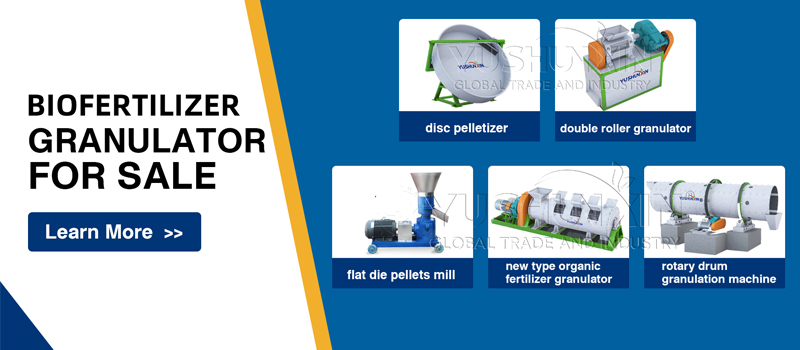
Step 5 : Drying and cooling organic biofertilizer pellets:
Step 6 : Coating and packaging the biological organic fertilizer:
To preserve nutrients and keep beneficial microbes active, apply a uniform layer with a biofertilizer coating machine. Then, use an automatic bagging system to pack the finished bio organic fertilizer granules. YUSHUNXIN provides both single- and double-bucket packers with high accuracy and space-saving design—ensuring tightly sealed, professional packaging that meets industrial standards and keeps your product market-ready.
What Is the Cost of Setting Up a Bio Organic Fertilizer Plant?
The investment cost for an organic bio fertilizer plant largely depends on your chosen product form—powdered or granular.
Powdered production line cost:
For powdered biofertilizer production, the basic configuration includes a compost turner, automatic loader, bio-compost crusher, rotary screener, automatic packaging machine, and belt conveyors. This setup supports efficient processing from raw material to finished fertilizer.
✅ Estimated cost: $35,000 – $100,000, depending on your desired output capacity (from 1–20 t/h).
Granular Organic Biofertilizer Production Line Cost:
A typical granular bio-organic fertilizer production line consists of: compost turner, crusher, mixer, granulator (disc, drum, or roller type), rotary dryer, cooler, screener, coating machine, packing machine, and necessary conveyors.
✅ Estimated cost: $110,000 – $580,000, depending on capacity (1–20 t/h), granulation method, and automation level.
Top 2 Best-Selling Bio Organic Fertilizer Production Lines from YUSHUNXIN
1. Animal manure bio organic fertilizer production line:
Animal manure is one of the most cost-effective and nutrient-rich raw materials for biofertilizer production. YUSHUNXIN’s animal manure fertilizer line features a high-temperature aerobic fermentation system, which quickly removes pathogens and weed seeds. Combined with intelligent turning and precise ventilation, this ensures fast and complete composting. The fully automated process—from dewatering and composting to mixing, granulating, and packing—greatly reduces labor costs and improves efficiency. We offer customized solutions for outputs ranging from 1–20 t/h to meet your production goals.
💡 Ideal for farms, livestock enterprises, and fertilizer processors seeking low-cost, high-yield solutions.
Biogas digestate contains rich organic matter and nutrients, but its high moisture limits direct application. YUSHUNXIN’s biogas residue fertilizer production line adopts patented solid-liquid separation equipment, which quickly reduces moisture content. Impurity removal is handled with a precision screening system, and fermentation is managed in intelligent fermenters with temperature control, ensuring stable microbial activity and complete nutrient release. Whether you run a small plant or a large-scale biogas facility, we provide scalable configurations to match your budget.
💡 Perfect for biogas plants aiming to turn waste into value-added biofertilizer.
In addition to our popular bio-organic fertilizer production lines, YUSHUNXIN also offers customized solutions for specialized projects. These include fungus residue-based bio-organic fertilizer production and humic acid-enhanced biofertilizer lines, designed to meet specific raw material and soil improvement needs. We will customize each project based on your materials, production capacity. feel free to contact us!
What microorganisms used in making bio organic fertilizer?
The production of biological organic fertilizer mainly includes fermentation bacteria to promote the decomposition of materials and the addition of functional bacteria for secondary fermentation. Therefore, the selection of fermentation bacteria and functional bacteria is crucial for the production of biological organic fertilizer.
Composting microbial agents:
Fermentation bacteria are typically composed of mixed microbial strains that promote material decomposition and help eliminate odors. Commonly used types include yeast, photosynthetic bacteria, lactic acid bacteria, and actinomycetes. You can add these bacteria at the beginning of the composting process. You should select strains based on the nature of the raw materials. For instance, when composting livestock manure or straw, thermophilic bacteria such as Bacillus licheniformis and Bacillus subtilis are ideal choices due to their ability to function effectively at high temperatures.
Functional agents:
Functional bacteria refer to microorganisms that provide specific fertilizer effects in the final product. These mainly include nitrogen-fixing bacteria, phosphate-solubilizing bacteria, silicate bacteria, rhizobium bacteria, etc. After the materials are fully decomposed, you can add these composite functional strains in secondary fermentation stage. By controlling fermentation conditions, you can increase the number of beneficial live microbes in the product, thereby enhancing the overall fertilizer effect of the bio-organic fertilizer.
FAQs about to make high quality bio organic fertilizer:
Successful cases of setting up bio organic fertilizer manufacturing plants:
At present, YUSHNXIN has helped customers in many regions of the world to establish bio organic fertilizer plants. In combination with customers’ requirements for raw materials, output, equipment, etc., YUSHUNXIN has designed the organic biofertilizer production plan for them.
For example: a 10t/h biological organic fertilizer plant in Brazil, a 20,000 t/y organic biofertilizer factory in Mexico, and a 100,000 t/y organic biological fertilizer granulation line in vietnam. Whether it is a small or large output, our company can provide you biological organic fertilizer making machine according to your requirements. Welcome to consult!
Q: How many tonnes of organic waste required to make 1 kg biological organic fertilizer?
Generally speaking, the raw material output ratio of bio organic fertilizer is 3:1. This means that when you produce 5 tons of bacteria organic fertilizer, you need to prepare 15 tons of organic raw materials and some auxiliary materials.
Q: How long it takes to make organic bio fertilizer?
Generally speaking, the process of making bio organic fertilizer will spent 30-35 days. You also can adopt two method to speed up the production recycle. First, crushing the organic waste before composting. Then, add starter cultures during the composting process.
The Related Production Bio Organic Fertilizer Making line:
Content


